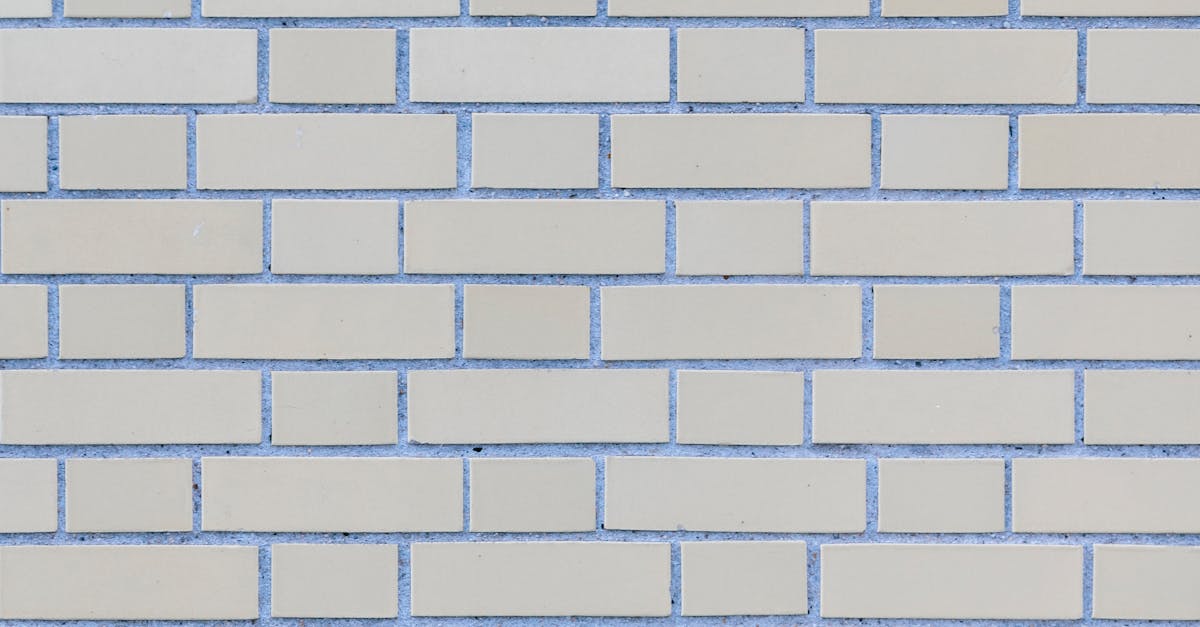
Resistance to Weathering and UV Damage in Composite Cladding
Table Of Contents
de structures, awnings, or planting trees strategically to minimise sun exposure. Additionally, applying a UV protectant or sealant may help maintain colour and surface integrity over time. It is vital to regularly inspect joints and fasteners for any signs of wear or loosening, as these points can be vulnerable to moisture infiltration. Regular maintenance not only preserves aesthetics but also ensures that the cladding functions effectively as a protective barrier.
Comparing Composite Cladding Options
Various types of composite cladding are available, and each offers distinct benefits suited to different applications. For example, some products incorporate recycled materials, providing an eco-friendly option that appeals to environmentally conscious consumers. Others focus on aesthetics, mimicking the appearance of natural wood while offering superior durability and resistance to decay. Understanding these differences is crucial for homeowners and builders alike, ensuring the chosen material aligns with both functionality and design preferences.
In addition to aesthetic considerations, the performance characteristics of composite cladding can vary significantly across options. Factors such as UV resistance, moisture absorption, and thermal expansion can influence the long-term integrity and appearance of the cladding. It is essential to evaluate these traits carefully. Some brands may offer warranties or additional certifications, which can serve as indicators of quality. Buyers should weigh their priorities against the characteristics of the materials before making a decision.
Types of Composite Cladding Available
Composite cladding is manufactured from a blend of materials, creating options that cater to various aesthetic preferences and functional requirements. Wood plastic composites, for instance, combine the warmth of timber with the durability of plastic, making them a popular choice for both residential and commercial buildings. Alternatively, fibre cement composites offer exceptional fire resistance and can be textured or painted to mimic traditional materials, giving designers flexibility in their projects.
In addition to these, there are also plastic composites made primarily from recycled plastics, which provide an eco-friendly alternative. These options are lightweight and resistant to moisture, helping to prevent warping and rot. Each type of composite cladding has its unique benefits, making it essential for homeowners and builders to evaluate their needs and consider how different materials align with their vision and local climate challenges.
Installation Considerations
Proper installation is critical to ensure the longevity and performance of composite cladding. Selecting a suitable substrate is essential, as it helps distribute the weight and provides a stable foundation. The use of non-corrosive materials is recommended to prevent deterioration over time. Adequate spacing between boards is vital to accommodate potential expansion and contraction caused by fluctuations in temperature and humidity.
In addition, incorporating moisture barriers can safeguard against water infiltration, which may lead to mould growth or structural damage. It is also advisable to follow the manufacturer's guidelines meticulously, including the recommended fasteners and spacing allowances. Ensuring the correct alignment and level during installation will contribute to a more aesthetically pleasing finish and enhance durability against weathering and UV damage.
Best Practices for Installing Composite Cladding
What challenges do developers face in creating biodegradable composites for wall cladding?
Current Trends in Sustainable Wall Cladding